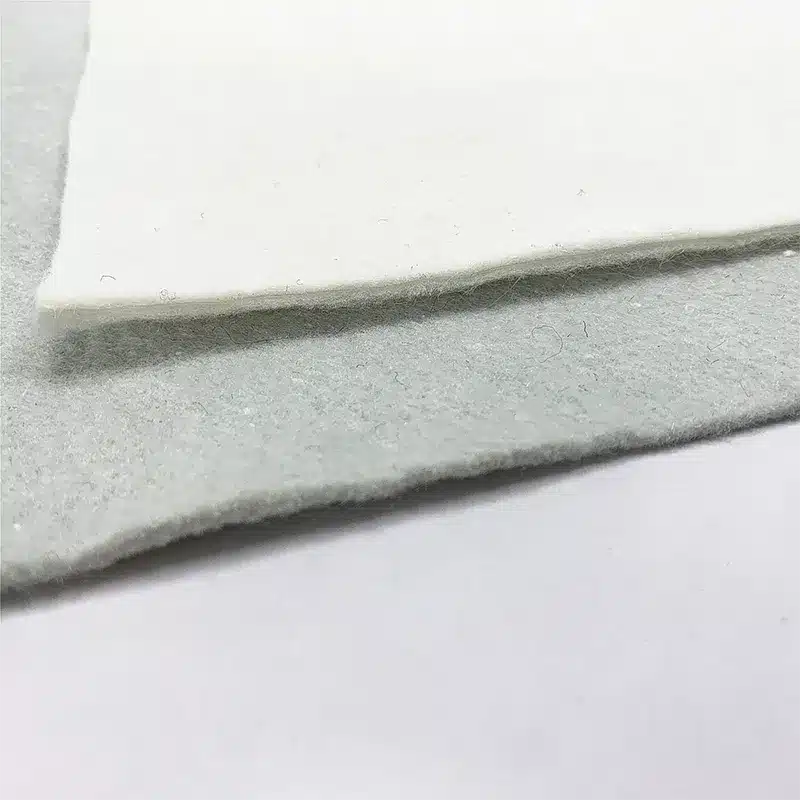+86-159 9860 6917
info@geofantex.com
geofantex@gmail.com
+86-400-8266163-44899
When it comes to constructing or upgrading a driveway, the materials used can significantly influence its longevity and functionality. One such material that has gained popularity for its remarkable benefits is geotextile fabric. This article explores the essential role that geotextile fabric plays in driveway construction, focusing on its necessity, optimal underlayment choices, the various types available, and its overall purpose.
Is geotextile fabric needed for a driveway?
Yes, if you want your driveway to last, geotextile fabric is highly recommended, particularly for driveways that will support heavy vehicles or are built on soft or unstable soils. This fabric acts as a stabilizer, preventing the mixing of subsoil with gravel or other surface materials. It enhances the driveway’s load-bearing capacity, prevents rutting, and ensures longevity by providing a stable foundation that reduces maintenance needs.

What is the best underlayment for a gravel driveway?
Geotextile fabric, particularly the non-woven type, is the best underlayment for a gravel driveway. This geotextile fabric provides excellent separation between the soil and gravel, while also allowing for proper water drainage. It prevents the gravel from sinking into the soil, which can lead to uneven surfaces and the need for frequent replenishments. Non-woven geotextile is permeable, durable, and effectively maintains the structural integrity of the driveway.
What are the three types of geotextile fabric?
Geotextile fabrics are categorized into three main types: woven, non-woven, and knitted, each known by specific names based on their structural compositions.
- Open-mesh or woven fabric geotextiles are manufactured by weaving narrow strips of film together, making them suitable for stabilization and reinforcement purposes due to their high tensile strength.
- Closed fabric or non-woven geotextiles are made by bonding materials together, either through mechanical, thermal, or chemical processes, creating a fabric that excels in filtration and separation. This type is most commonly used for driveways.
- Knitted geotextiles are less common and are produced by interlocking yarns in a specific arrangement. They are generally used for specific applications where both drainage and reinforcement are required.
What is the purpose of driveway fabric?
Driveway fabric, particularly geotextile fabric, serves multiple purposes:
- Stabilization: It stabilizes the driveway by preventing the intermixing of different soil layers or between the soil and aggregate, specifically to prevent the gravel and the underlying soil from intermixing.
- Filtration: It allows water to pass through while preventing the movement of fine soil particles, which can lead to potholes and washouts.
- Drainage: It facilitates proper drainage, crucial in preventing water accumulation and the resultant structural damage.
- Durability: Providing a consistent foundation, extends the lifespan of the driveway and reduces maintenance costs.
Geotextile fabric is a versatile and essential component in the construction of durable and efficient driveways. It not only reinforces the structural integrity of the driveway but also ensures optimal performance through stabilization, filtration, and drainage. Whether upgrading an existing driveway or building a new one, incorporating geotextile fabric can lead to significant long-term benefits, making it a wise investment for any homeowner or developer.



Get Free Sample
We’ll respond as soon as possible(within 12 hours)






















